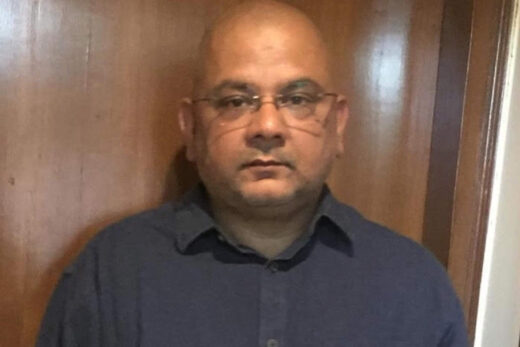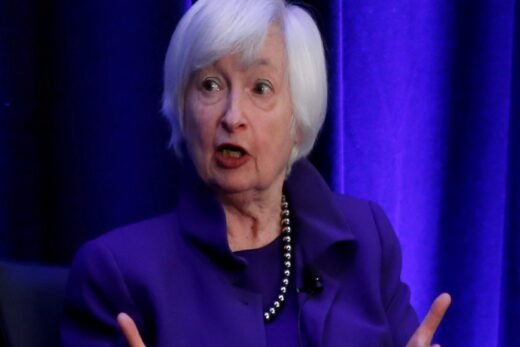Five of the seven state-owned banks that have announced their quarterly earnings so far have reported lower NIM for the September quarter. These banks, however, managed to report a rise in net profit largely on account of bad loan recovery and write-back of provision made in earlier quarters.
Captains in the banking industry said that they would rely on credit growth to boost NIM in the next two quarters since lending rates would likely remain soft until the monetary policy authority continues its accommodative stance to support economic recovery.
The banking sector’s weighted average lending rates dropped 31 basis points in September to 7.20%, the biggest monthly fall since November 2016. Public-sector banks led the race in slashing loan costs. Lending rates were already low as banks followed regulatory signal on softer interest rate regime over the past two years.
Room for further deposit rate cuts is not available for lenders as real interest rate is already negative, keeping the NIM sticky below 3% for most of them.
Punjab National Bank reported the steepest 25% drop in net interest income among state-owned lenders that have announced their quarterly earnings so far. Canara Bank and Indian Bank have lower NII and NIM for the quarter under review.
The market became too competitive with all large banks lowering interest rates, leading to a fall in NIM, said Indian Overseas Bank chief executive Partha Pratim Sengupta last week. IOB, however, clocked 4.6% higher net interest income even as its NIM fell to 2.51% for the quarter ending September 30 from 2.57% in the year-ago period.
Punjab & Sind Bank has had a marginal rise in NII while its NIM dropped. Bank of Maharashtra and Uco Bank, on the other hand, reported a rise in both NII and NIM.
Indian Bank chief executive Shanti Lal Jain expects interest income to rise in the next two quarters with higher credit off-take, in line with expected economic recovery. Uco Bank’s AK Goel shared a similar view.
Public sector banks, however, would likely face a challenge in terms of credit growth from their private sector peers, which are typically more aggressive in retail lending.
Over the last five years, public sector banks’ market share has dropped by around 10% in both deposits and advances. “Clearly, asset quality and the resultant profitability, as well as capital challenges, have been the key factor in the slowdown of the public sector banks,” Acuite Ratings & Research said in a note.



